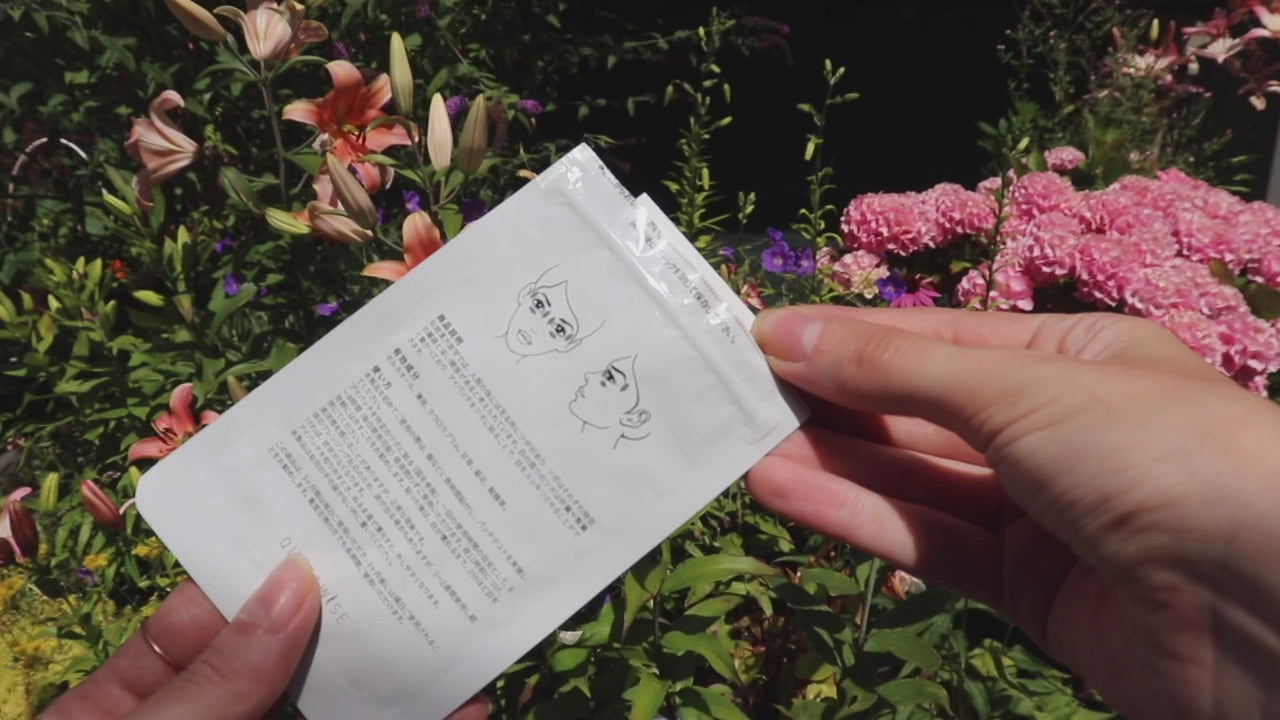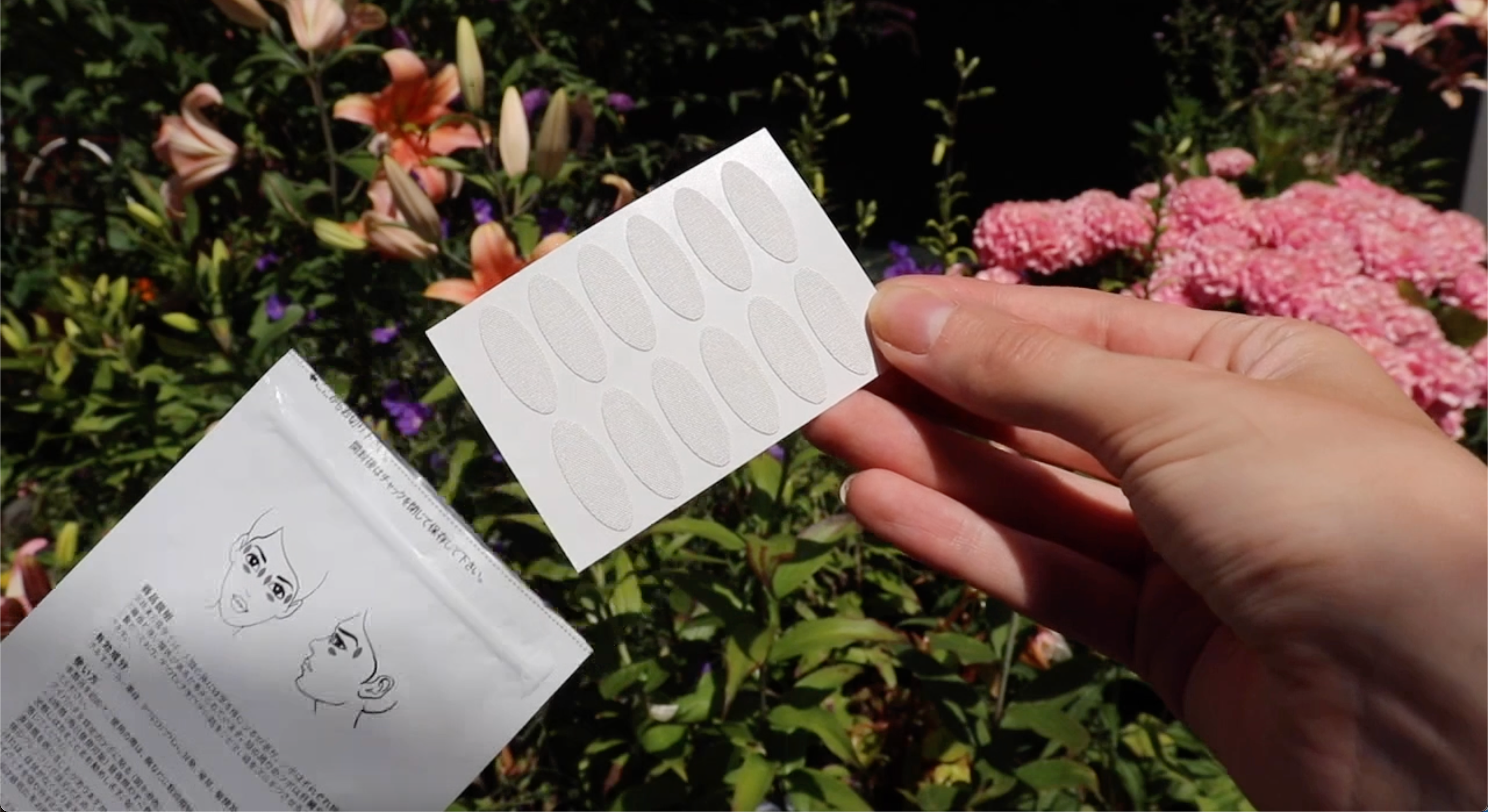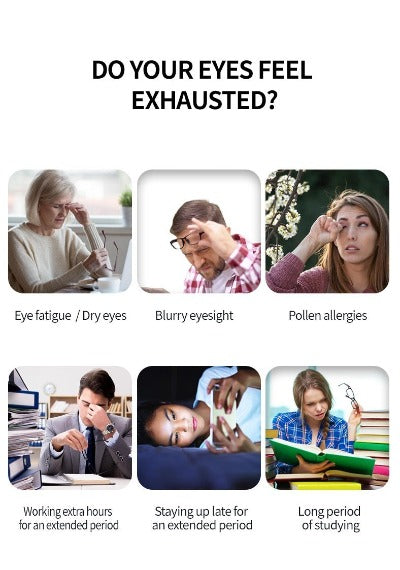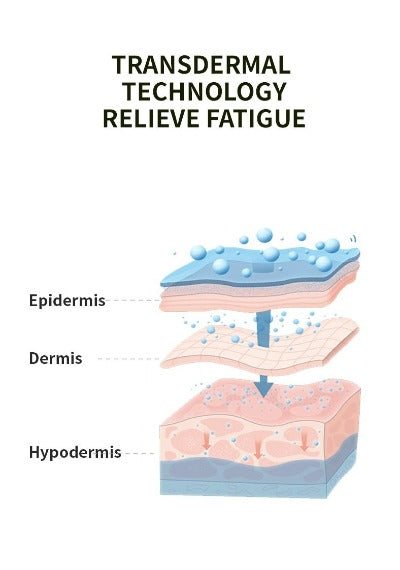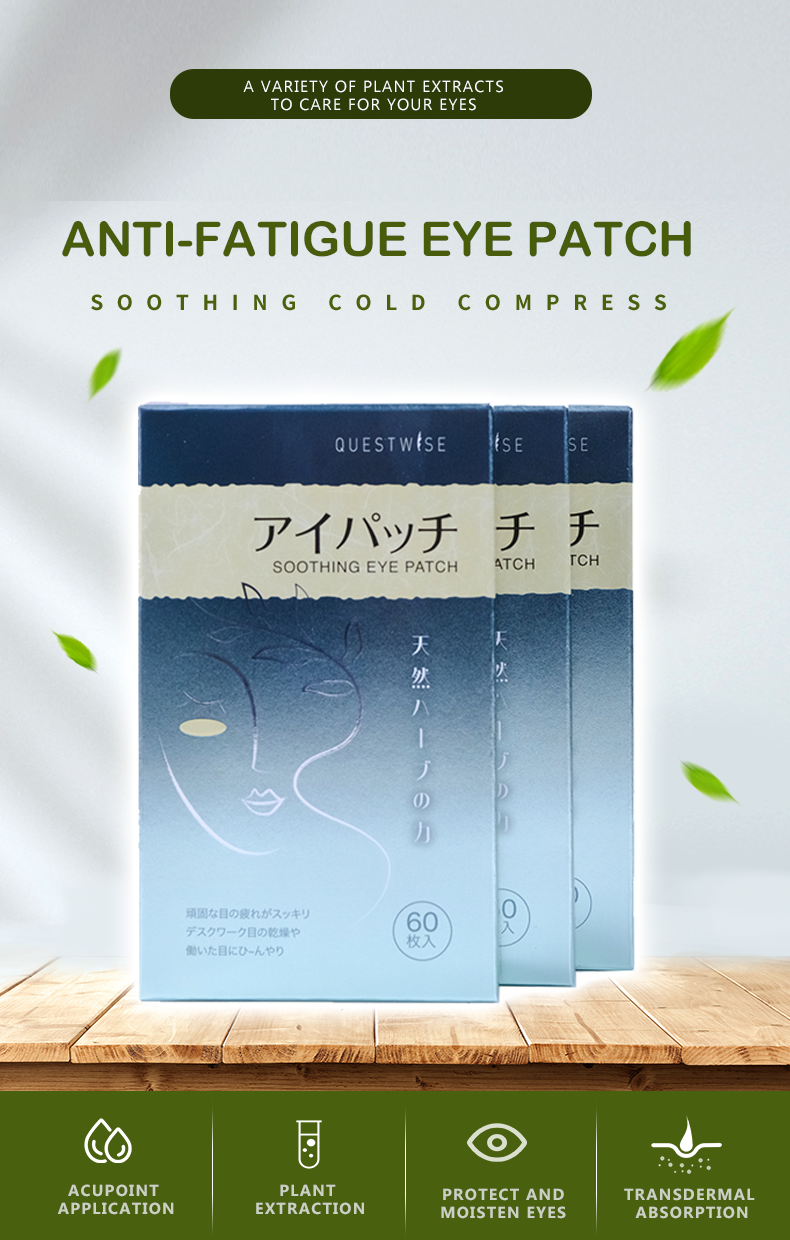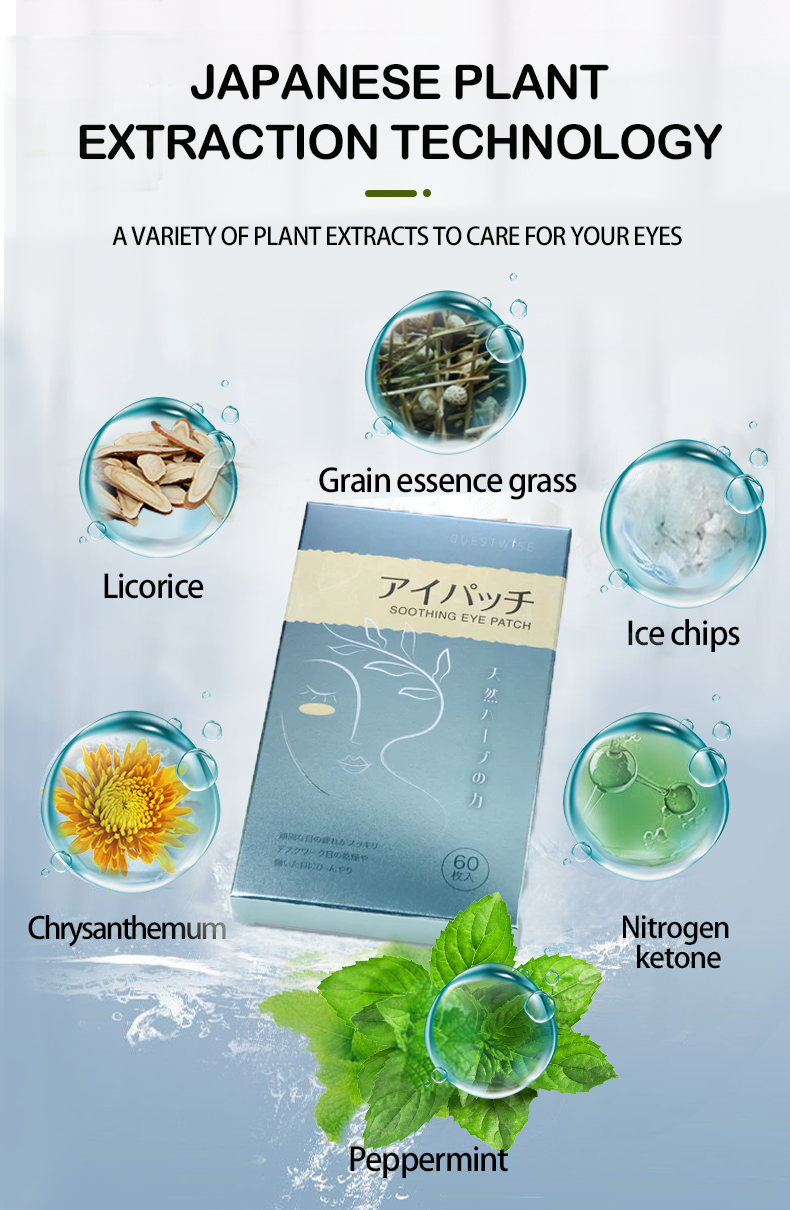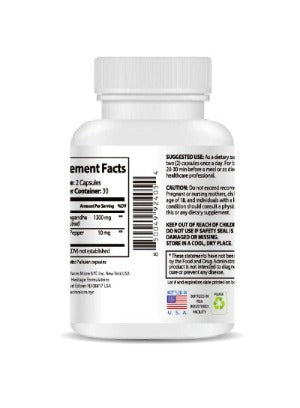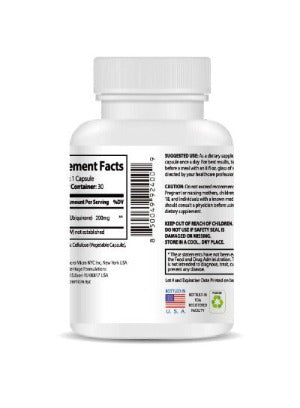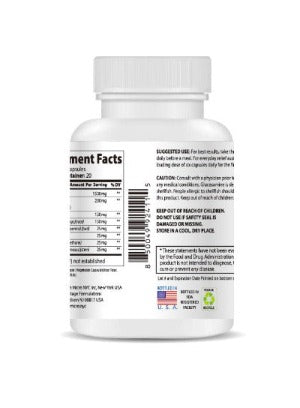Conquer Pollen Eye Itch: Your Ultimate Guide to Relief and Prevention in 2025
Ah, spring! The birds are chirping, flowers are blooming, and… your eyes are itching relentlessly. For millions, the arrival of spring and summer brings not only the beauty of nature but also the misery of pollen allergies. Pollen eye itch, characterized by intense itching, redness, swelling, and watery eyes, can significantly disrupt your daily life. But fear not, allergy sufferers! This comprehensive guide will equip you with the knowledge and tools to conquer pollen eye itch and enjoy the season to the fullest. We will explore the causes of pollen eye itch, delve into effective preventative measures, and introduce you to advanced techniques for targeted relief and long-term eye health. This detailed guide is your roadmap to a comfortable and pollen-free spring and summer.
Understanding the Enemy: Pollen and Your Eyes
Pollen, the microscopic grains released by plants for fertilization, is the primary culprit behind seasonal allergies. When pollen comes into contact with your eyes, your immune system mistakenly identifies it as a threat, triggering a cascade of reactions. This leads to the release of histamine and other inflammatory chemicals, resulting in the classic symptoms of pollen eye itch: intense itching, burning, redness, swelling, and excessive tearing. The severity of your symptoms can vary depending on factors like the type of pollen, the level of your exposure, and your individual sensitivity.
Different types of pollen have varying potency and peak seasons. Tree pollen usually dominates early spring, followed by grass pollen in late spring and early summer, and weed pollen in late summer and fall. Knowing which pollen affects you most and when it's prevalent in your area is essential for effective allergy management. This requires paying attention to local pollen reports and understanding the specific plants that release allergens near your home and workplace.
The Science Behind Pollen Eye Itch: A Deeper Dive
To effectively combat pollen eye itch, it's helpful to understand the intricate biological mechanisms involved. The process begins when pollen grains, airborne particles typically measuring 10-100 micrometers in diameter, come into contact with the surface of your eyes. The conjunctiva, the delicate membrane lining your eyelids and eyeballs, is the primary site of interaction. When pollen interacts with the conjunctiva, it triggers a complex immune response. Your body's immune system recognizes pollen as a foreign substance (an allergen) and initiates a defense mechanism. This involves the release of immunoglobulin E (IgE) antibodies, which bind to mast cells, specialized immune cells located in the conjunctiva.
The binding of IgE antibodies to mast cells triggers the release of inflammatory mediators, most notably histamine. Histamine is responsible for the characteristic symptoms of pollen eye itch, including itching, redness, swelling, and tearing. Other inflammatory mediators contribute to the overall inflammatory response, prolonging and intensifying the symptoms. Understanding this complex interplay between pollen, your immune system, and the resulting inflammatory cascade is fundamental to devising effective treatment and prevention strategies.
Proactive Strategies: Preventing Pollen Eye Itch Before It Starts
The best approach to pollen eye itch is prevention. By taking proactive steps, you can significantly reduce your exposure to pollen and minimize the severity of your symptoms. These strategies form the cornerstone of your defense against pollen-induced eye irritation. Consistency and diligence are key to their effectiveness.
- Monitor Pollen Counts Religiously: Stay informed about daily pollen forecasts in your area. Many weather apps and websites provide detailed pollen reports. These reports often specify the type of pollen (tree, grass, weed) that's prevalent, allowing you to tailor your preventative measures. Plan outdoor activities accordingly, opting for times when pollen counts are lowest (usually late evening or early morning) and adjusting plans based on the daily pollen levels.
- Indoor Retreat: Strategic Indoor Time: When pollen counts are particularly high, consider spending more time indoors, especially during peak pollen hours. Keep windows and doors closed, and use air conditioning instead of opening windows for ventilation. Consider using a HEPA filter in your home to further reduce airborne pollen.
- Protective Gear: Shielding Your Eyes: Don't underestimate the power of simple protective gear! Wearing wraparound sunglasses and a wide-brimmed hat when venturing outdoors can effectively block pollen from reaching your eyes. Choose sunglasses that fit snugly and completely cover the area around your eyes.
- Shower and Change Clothes: Removing Pollen Traces: After spending time outdoors, shower and change your clothes to remove pollen that may have accumulated on your skin and hair. This simple step can make a big difference in reducing eye irritation. Pay special attention to washing your hair thoroughly.
- Wash Your Face: Gentle Cleansing: Gently washing your face with a mild cleanser can remove pollen particles that have landed around your eyes. Avoid harsh soaps or scrubs, as these can further irritate sensitive skin.
- Keep Your Eyes Moist: Artificial Tears and Lubricants: Dry eyes are more susceptible to irritation. Using artificial tears or lubricating eye drops can help alleviate dryness and provide temporary relief from itching. Choose preservative-free options to minimize potential irritation.
Advanced Techniques: Targeted Relief and Long-Term Eye Health
While preventive measures are crucial, sometimes you need a more targeted approach to manage existing pollen eye itch. This is where advanced techniques and supportive products come into play. These strategies offer more focused relief and address underlying eye health issues.
- Cold Compress: Soothing Inflammation: Applying a cold compress to your eyes can soothe inflammation and reduce itching. Simply soak a clean cloth in cold water and gently apply it to your eyelids for 10-15 minutes. Repeat as needed throughout the day for added relief.
-
Soothing Eye Patches: Holistic Eye Wellness: For lasting relief and overall eye wellness, explore the benefits of Wise Quest Soothing Eye Patches - 3-Month Wellness Pack. These innovative patches, infused with traditional Chinese herbal medicine, offer a holistic approach to eye health. They address eye fatigue, dryness, astringency, redness, and swelling, promoting healthy blood circulation and reducing discomfort caused by pollen and other irritants.

Deep Dive into Wise Quest Soothing Eye Patches: A Closer Look
The Wise Quest Soothing Eye Patches - 3-Month Wellness Pack represents a significant advancement in eye care. These aren't your typical eye patches; they're a comprehensive solution designed to address the root causes of eye discomfort. The unique blend of traditional Chinese herbs targets inflammation, reduces redness, and promotes healing. The 3-month supply ensures consistent relief throughout the entire pollen season. These patches offer a convenient and effective way to soothe irritated eyes and promote long-term eye health.

By incorporating these patches into your daily routine, you not only alleviate the immediate symptoms of pollen eye itch but also promote long-term eye health. This proactive approach sets you apart from simply managing symptoms; it's about achieving lasting eye wellness. The patches provide a gentle and effective way to nourish your eyes and reduce discomfort from various sources, including pollen.
Lifestyle Adjustments: Supporting Your Eye Health
In addition to the strategies mentioned above, making certain lifestyle adjustments can significantly impact your susceptibility to pollen eye itch. These adjustments contribute to overall well-being and reduce stress on your eyes, making them less vulnerable to irritation.
- Hydration: Drinking Enough Water: Staying well-hydrated is essential for overall health and eye health. Dehydration can worsen dryness and irritation. Aim to drink plenty of water throughout the day.
- Nutrition: A Balanced Diet: A diet rich in antioxidants, vitamins, and minerals supports eye health and strengthens your immune system. Include plenty of fruits, vegetables, and whole grains in your diet.
- Sleep: Adequate Rest: Adequate sleep allows your body to repair and regenerate. Aim for 7-8 hours of quality sleep per night to support your immune system and overall health.
- Stress Management: Reducing Stress Levels: Chronic stress can negatively impact your immune system, increasing your susceptibility to allergies. Incorporate stress-reducing activities like yoga, meditation, or spending time in nature.
When to Seek Professional Help: Recognizing When to Consult a Doctor
While the strategies outlined above are highly effective for many, it's crucial to recognize when professional intervention is necessary. If your pollen eye itch is severe, persistent, or accompanied by other concerning symptoms such as blurry vision, severe pain, or changes in your vision, consult an ophthalmologist or allergist immediately. They can provide a proper diagnosis, rule out other conditions, and recommend appropriate treatment, possibly including allergy medication, eye drops, or other therapies. Don't hesitate to seek professional medical help if your symptoms are severe or persistent.
Final Thoughts: Reclaim Your Spring and Summer
Pollen eye itch doesn't have to dictate your enjoyment of the warmer months. By implementing the comprehensive strategies discussed here—combining proactive prevention with targeted relief measures like the Wise Quest Soothing Eye Patches - 3-Month Wellness Pack—you can effectively manage your symptoms and reclaim your spring and summer. Take charge of your eye health and embrace the season with clear, comfortable vision! Remember, a multi-pronged approach combining prevention, relief, and attention to overall health is the key to conquering pollen eye itch and enjoying the beauty of the seasons without the discomfort.



